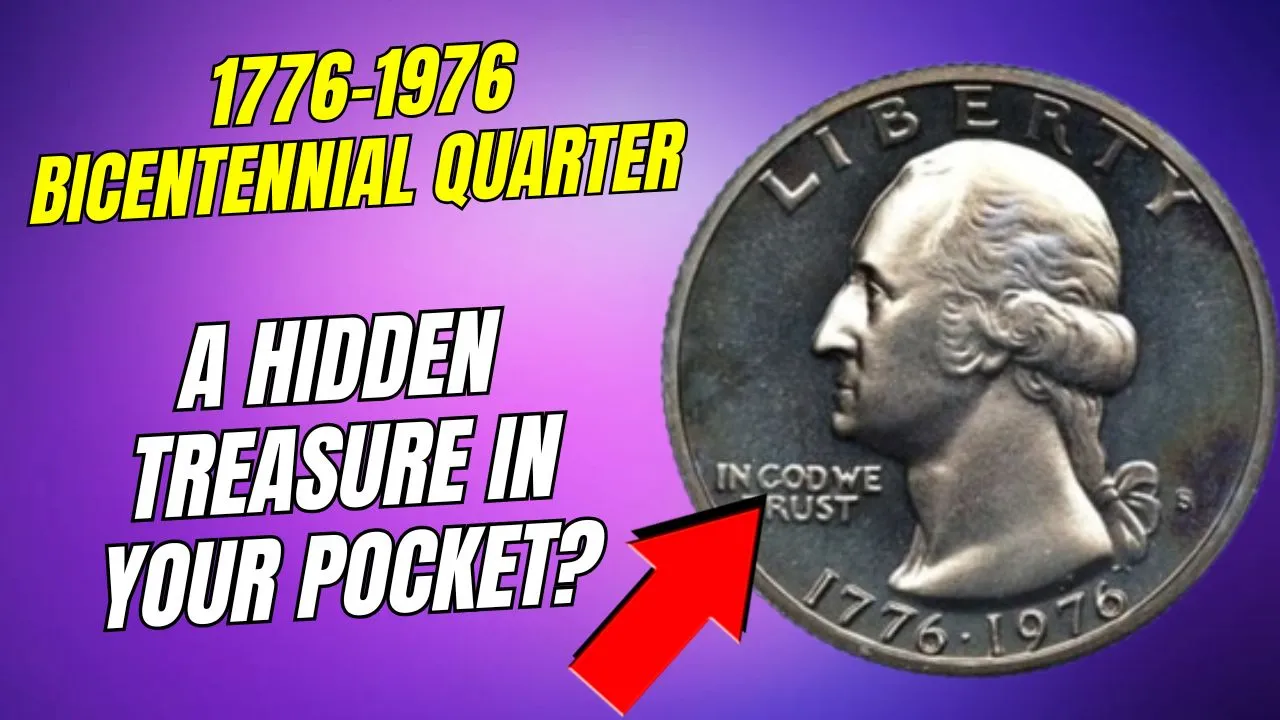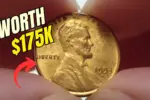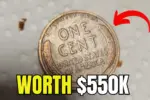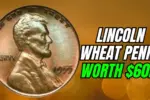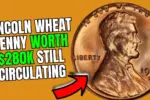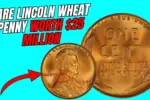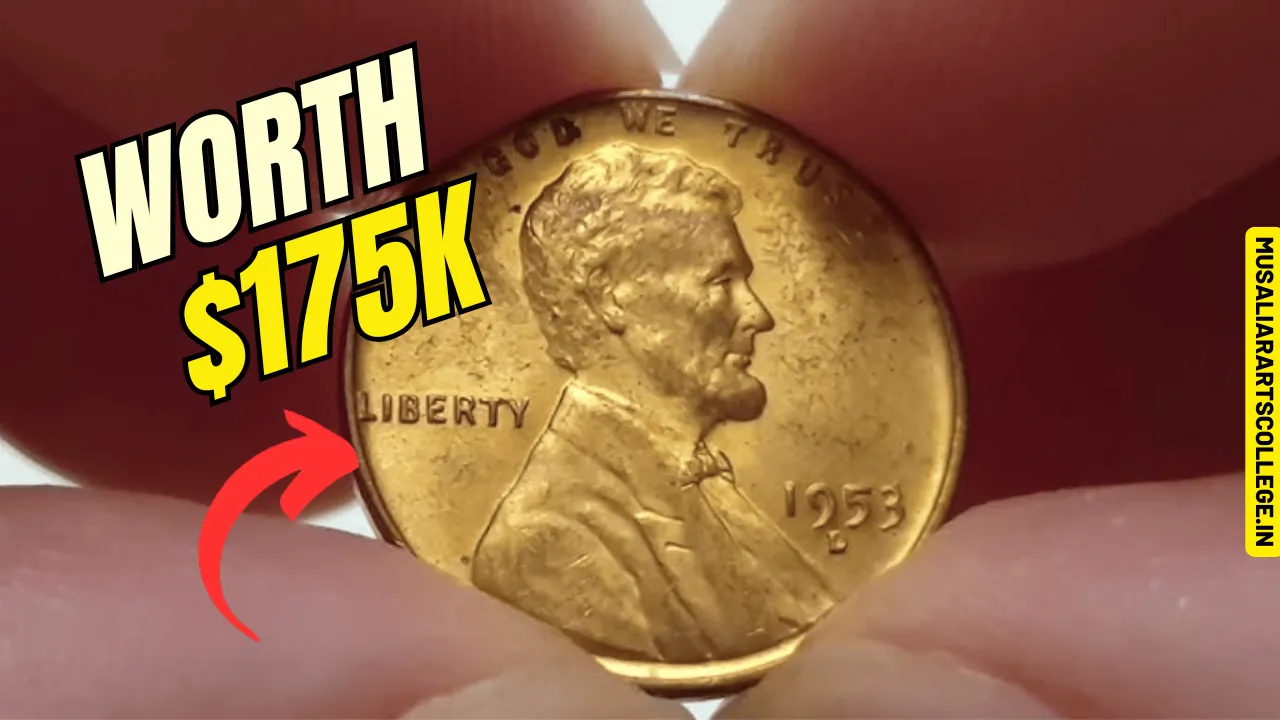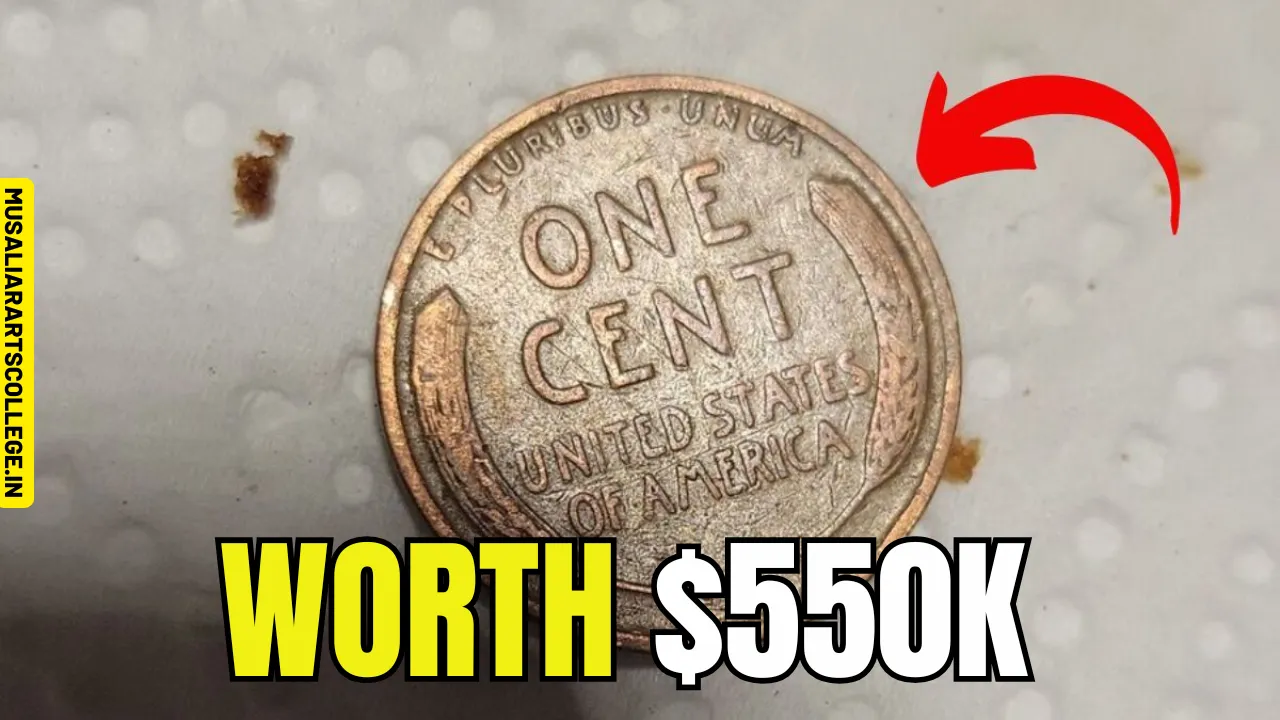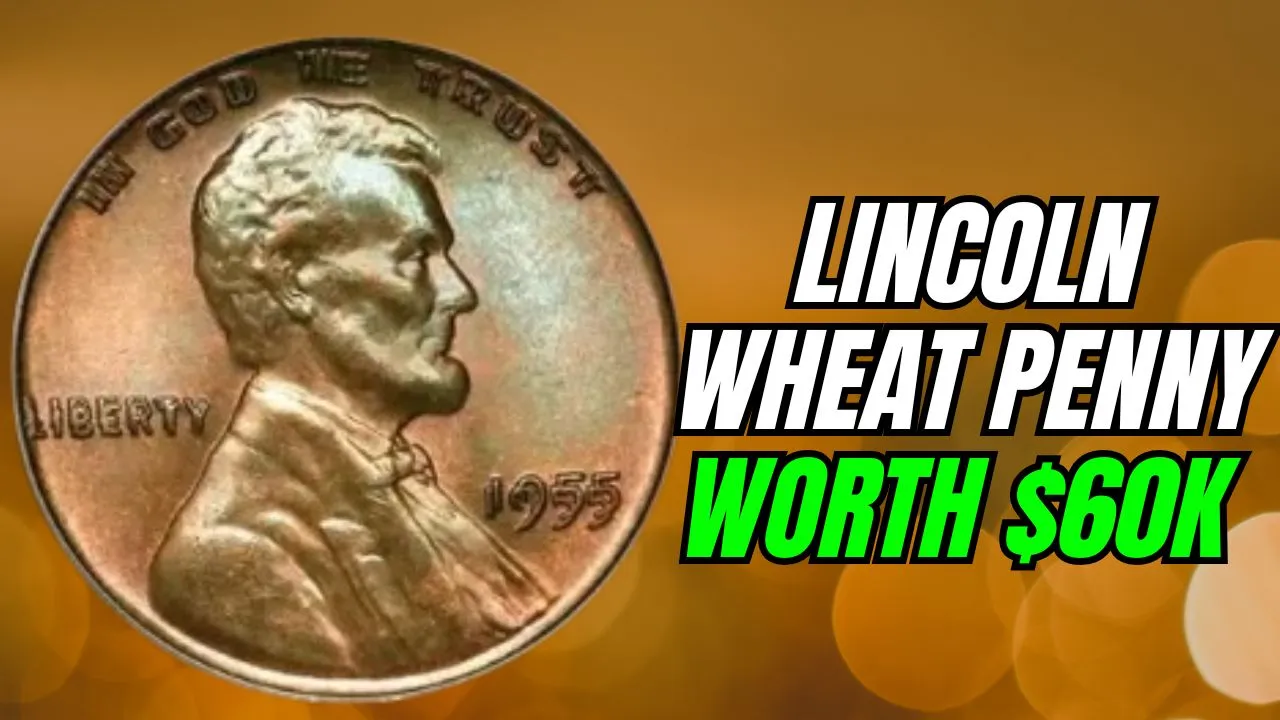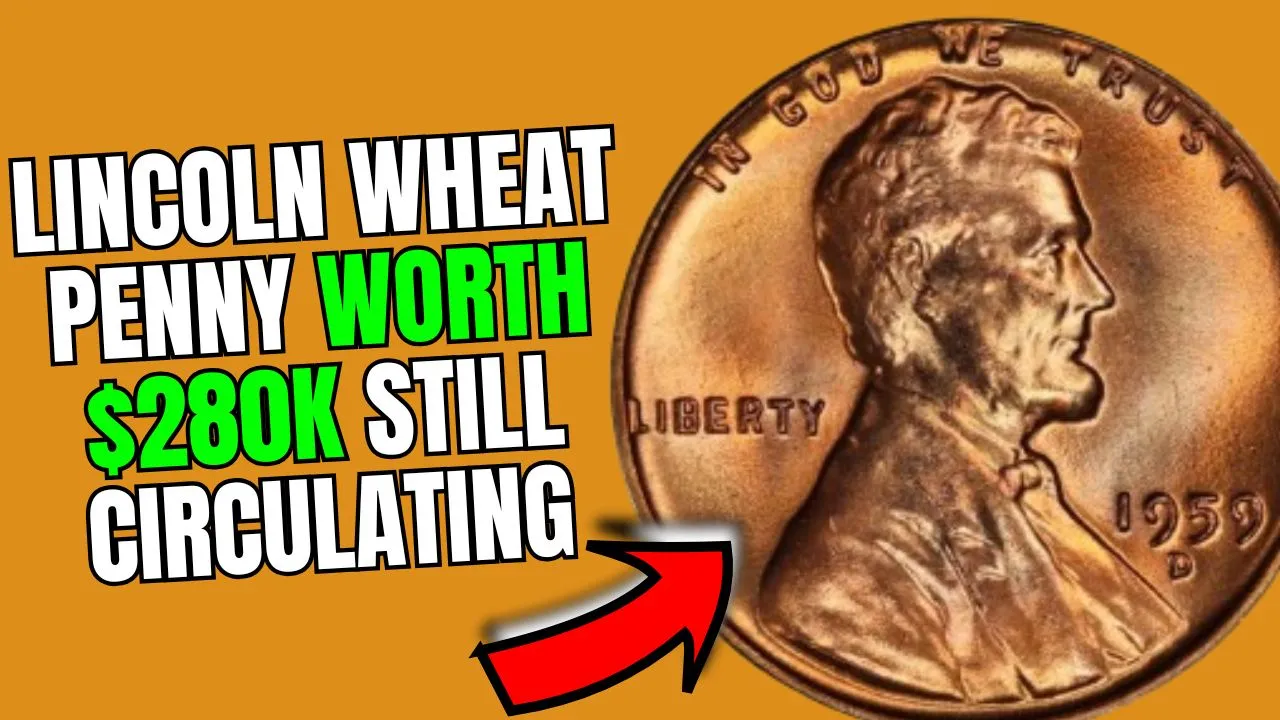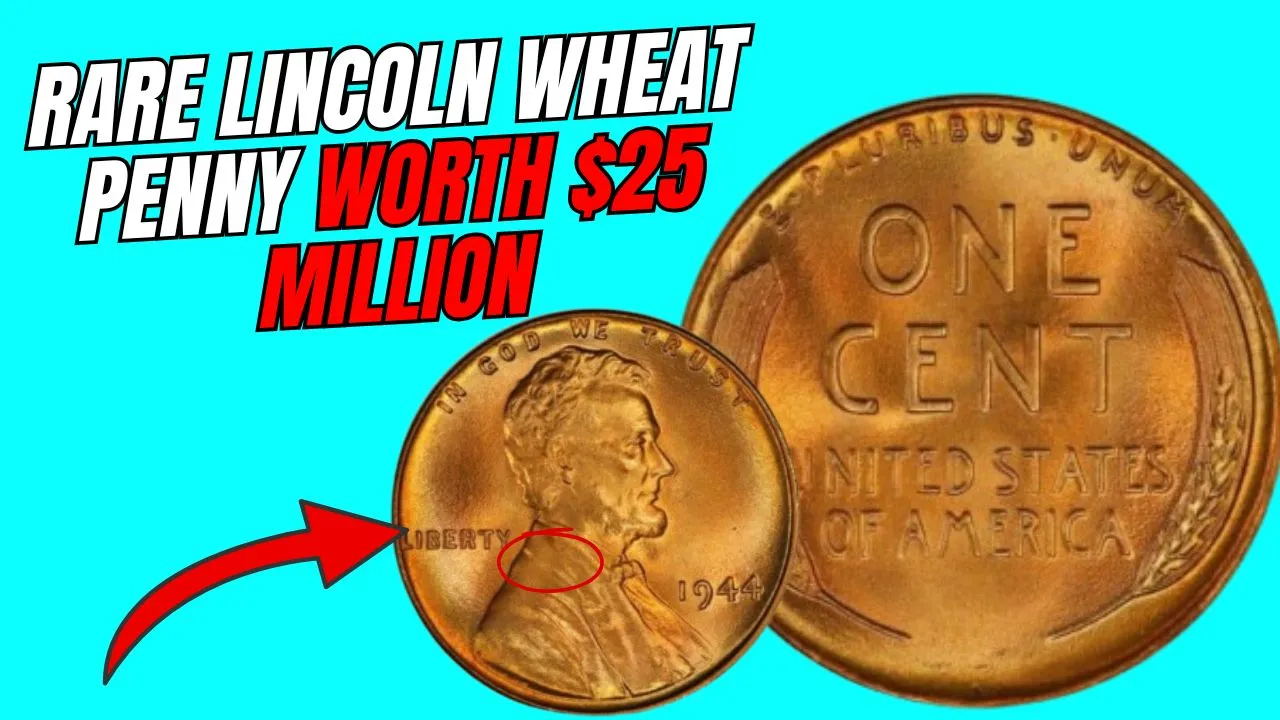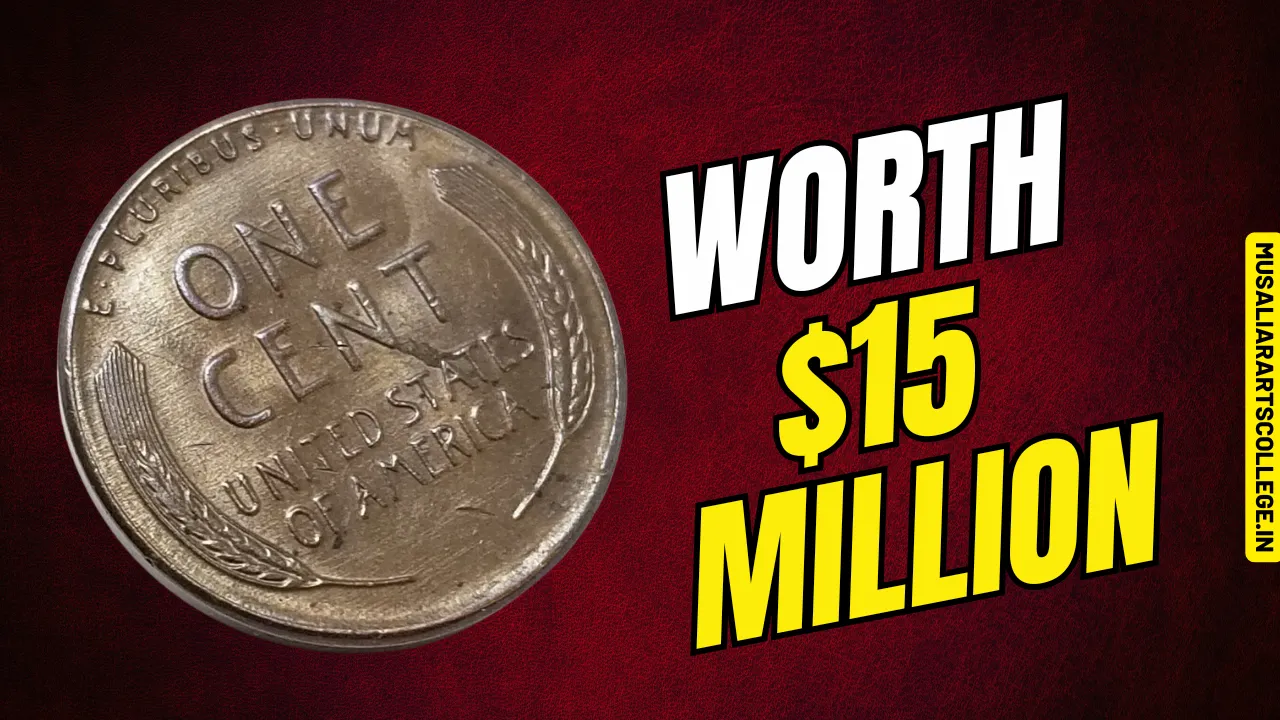1776-1976 Bicentennial Quarter : The 1776-1976 Bicentennial Quarter is a coin that sparks curiosity among collectors and everyday people alike. Celebrating America’s 200th birthday, this quarter stands out with its iconic colonial drummer boy design and the dual dates of 1776-1976, making it an instant conversation starter. But what makes this quarter so intriguing isn’t just its historical significance—it’s the possibility that it could be worth more than its face value of 25 cents.
In this article, we’ll explore everything you need to know about the 1776-1976 Bicentennial Quarter value. From its origins and unique features to the factors that affect its worth, you’ll learn how to identify whether your quarter is a priceless collectible or a simple memento of the Bicentennial celebration.
Key Facts About the 1776-1976 Bicentennial Quarter
| Aspect | Details |
| Purpose | To honor the 200th anniversary of the United States’ independence |
| Obverse Design | George Washington’s profile (used since 1932) |
| Reverse Design | Colonial drummer boy with a torch and 13 stars |
| Composition | Clad (copper-nickel) and 40% silver (for special mint sets) |
| Minting Period | Produced in 1975-1976 with a dual date of 1776-1976 |
| Mintage Numbers | Over 1.6 billion coins minted |
| Rarity and Value Range | Common coins are worth face value; rare errors and silver proofs can reach $1,000+ |
A Brief History of the Bicentennial Quarter
In the mid-1970s, the United States Mint launched a special initiative to mark the country’s Bicentennial, a milestone celebrating 200 years since the signing of the Declaration of Independence. Among the commemorative coins released, the quarter became the most widely recognized.
The quarter’s design was the result of a national competition. Jack L. Ahr’s artwork, featuring a colonial drummer boy on the reverse side, won and became an iconic representation of the spirit of 1776. The obverse side retained George Washington’s profile, tying the past and present together. Unlike standard quarters, the Bicentennial design was minted for two years, making it easily distinguishable in circulation.
Why Is the Bicentennial Quarter Popular Among Collectors?
Several features set the 1776-1976 Bicentennial Quarter apart from regular quarters, making it highly collectible:
- Unique Design: The colonial drummer boy design is exclusive to this coin, making it a standout in any collection.
- Limited Production: While billions were minted, they were only produced during 1975-1976, giving them a distinct identity.
- Silver Variants: Some quarters minted in San Francisco contain 40% silver, making them particularly valuable to collectors.
- Historical Connection: As a commemoration of America’s 200th anniversary, the coin has significant sentimental and historical appeal.
Factors That Determine the Value of a 1776-1976 Bicentennial Quarter
Not all Bicentennial Quarters are worth the same. Several factors influence their value:
1. Condition of the Coin
The condition, or grade, of a coin significantly affects its value. Coins in circulated condition (used in everyday transactions) typically have a lower value than uncirculated or proof coins, which are preserved in mint condition.
- Circulated Coins: Usually worth $0.25 to $0.50.
- Uncirculated Coins: Can fetch anywhere from $1 to $10, depending on the grade.
2. Mint Mark
The mint mark indicates where the coin was produced. You can find the mint mark on the reverse side, below the colonial drummer boy.
- No Mint Mark: Philadelphia (most common).
- D Mint Mark: Denver (slightly more collectible).
- S Mint Mark: San Francisco (proof coins and silver varieties).
3. Rare Errors and Variants
Some Bicentennial Quarters feature mint errors that make them exceptionally rare and valuable:
- Doubled Die Errors: The design appears doubled due to a die mistake.
- Off-Center Strikes: The design is misaligned on the coin.
- Struck on Wrong Planchet: The quarter was mistakenly struck on a blank intended for another coin.
These errors can increase the coin’s value dramatically, with some fetching hundreds or even thousands of dollars.
4. Composition
Most Bicentennial Quarters are made from a copper-nickel clad composition. However, San Francisco Mint proof coins containing 40% silver are highly desirable and worth significantly more.
How Much Is a Bicentennial Quarter Worth Today?
The value of a Bicentennial Quarter varies widely based on the factors mentioned above:
- Common Circulated Coins: $0.25 to $0.50.
- Uncirculated Coins: $1 to $10, depending on grade.
- Silver Proof Coins: $5 to $20, depending on condition.
- Error Coins: $100 to $1,000+ for rare mistakes.
How to Identify and Protect Your Bicentennial Quarters
1. Identifying Mint Marks
Check the reverse side of the coin for the mint mark below the drummer boy. No mark indicates it’s from Philadelphia, while “D” or “S” signifies Denver or San Francisco, respectively.
2. Inspecting Condition
Carefully examine your coin under good lighting. Look for wear and tear, tarnishing, or scratches, which can lower its value. Uncirculated coins will have a shiny appearance and well-defined details.
3. Proper Storage
Store your Bicentennial Quarters in a cool, dry place to prevent damage. Use:
- Coin flips or capsules to protect individual coins.
- Albums or cases for larger collections.
Avoid touching coins with bare hands to prevent oils from tarnishing the surface.
FAQs About the 1776-1976 Bicentennial Quarter
1. Are Bicentennial Quarters rare?
No, most Bicentennial Quarters are not rare due to high production numbers. However, specific errors or silver proofs are highly collectible.
2. How can I tell if my Bicentennial Quarter is silver?
Silver Bicentennial Quarters were minted at the San Francisco Mint and have an “S” mint mark. They also weigh slightly more than standard quarters.
3. What is the most valuable Bicentennial Quarter?
Error coins, such as doubled dies or those struck on the wrong planchet, can be worth thousands of dollars.
4. Should I clean my Bicentennial Quarter?
No, cleaning coins can damage their surface and significantly reduce their value.
5. Where can I sell my Bicentennial Quarter?
You can sell your coins at local coin shops, online marketplaces like eBay, or through specialized numismatic dealers.
Final Thoughts: A Piece of History in Your Hands
The 1776-1976 Bicentennial Quarter is more than just a coin—it’s a celebration of American history. While most quarters in circulation hold little more than their face value, rare versions, uncirculated coins, and error varieties can command impressive prices.
Take the time to inspect your Bicentennial Quarters carefully. Whether you’re a collector or someone who stumbled upon one in spare change, this coin offers a unique glimpse into America’s Bicentennial celebration.
Have a Bicentennial Quarter story or question? Drop a comment below, and let’s discuss this fascinating piece of history!
